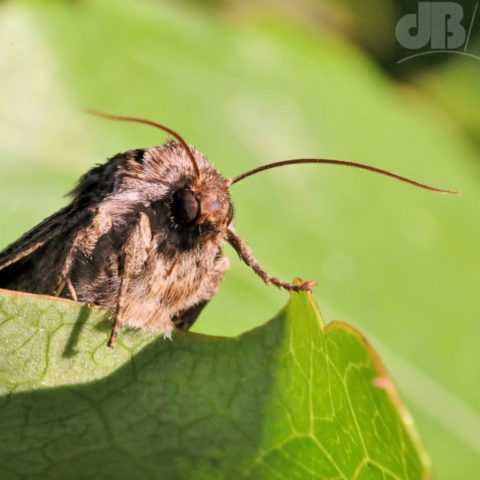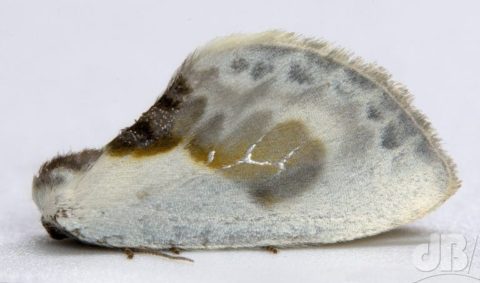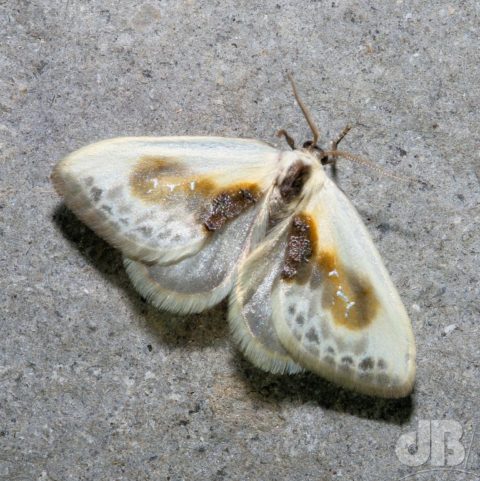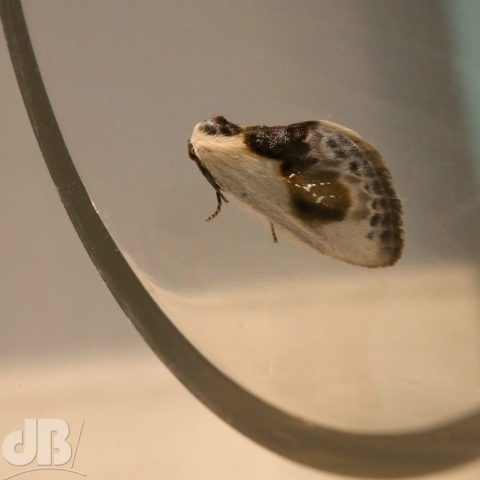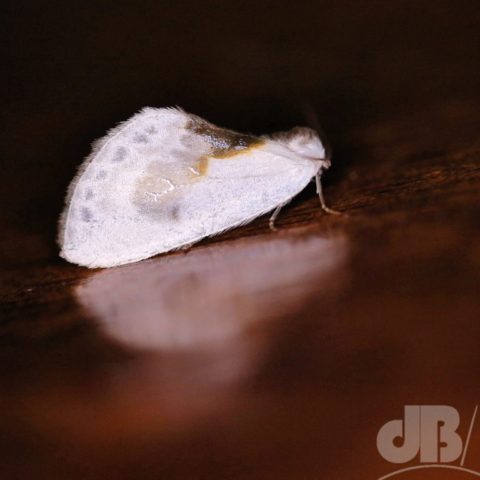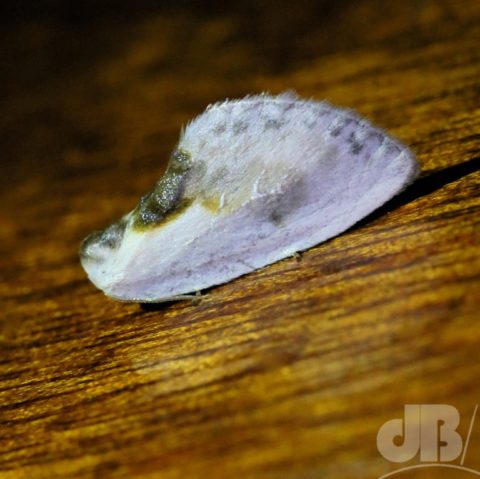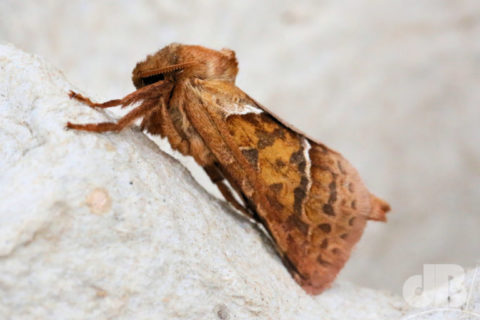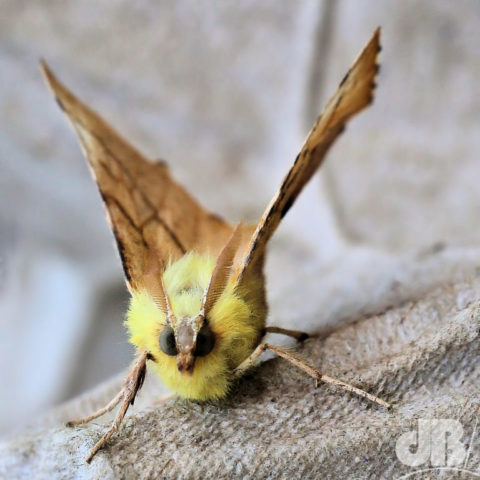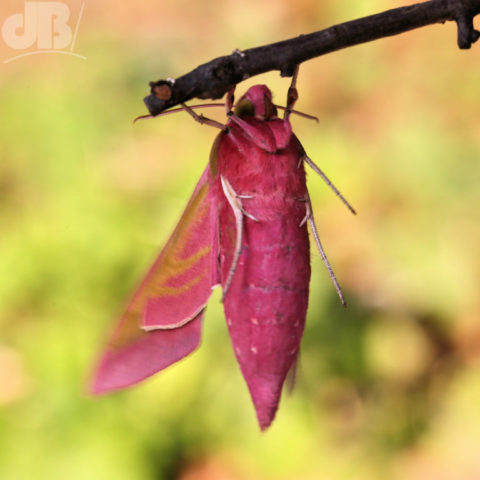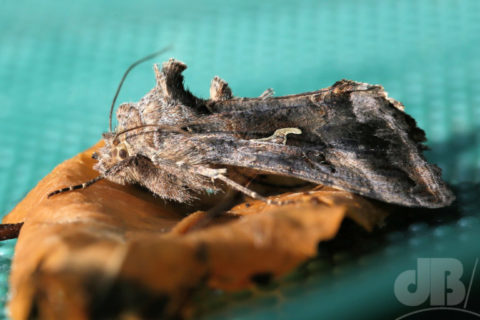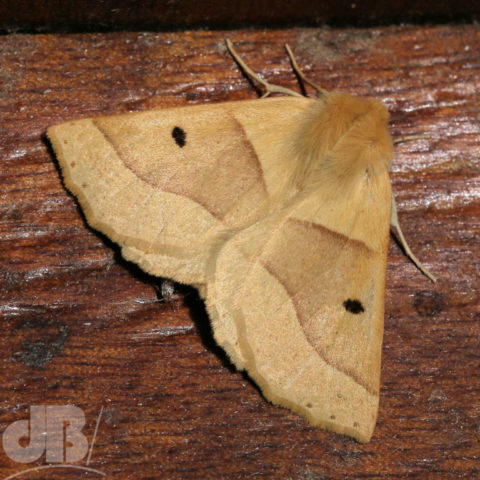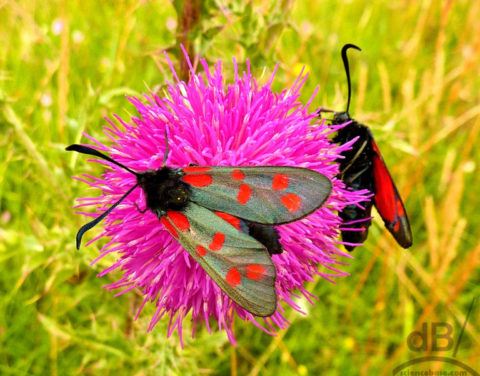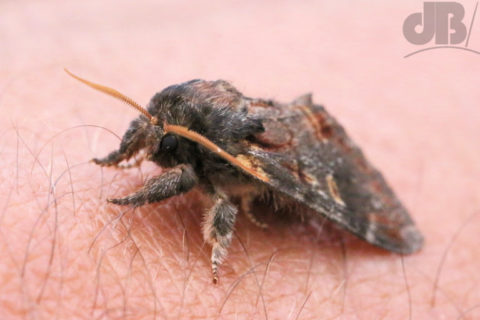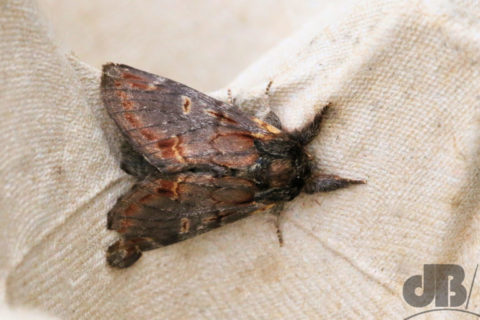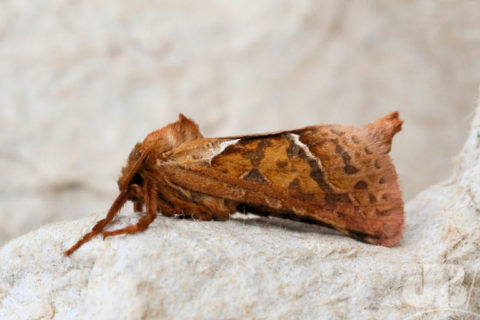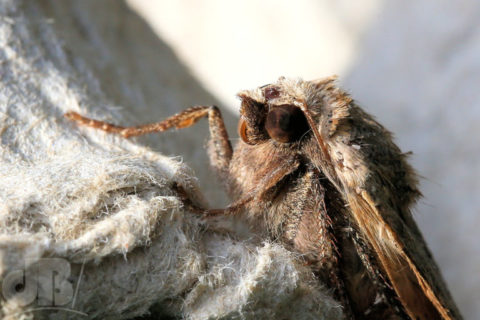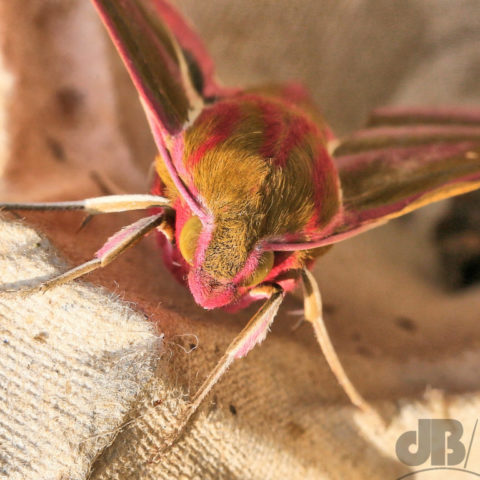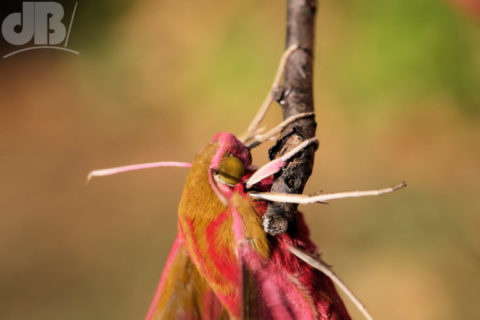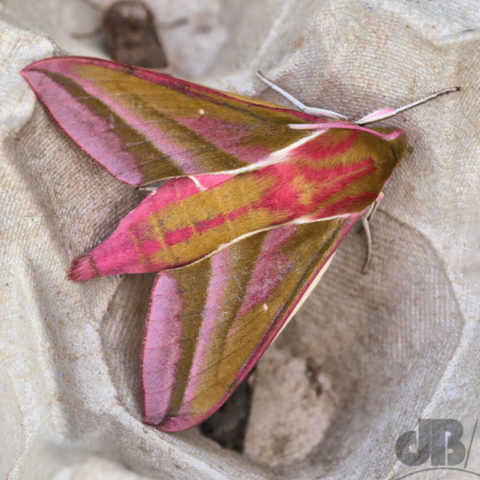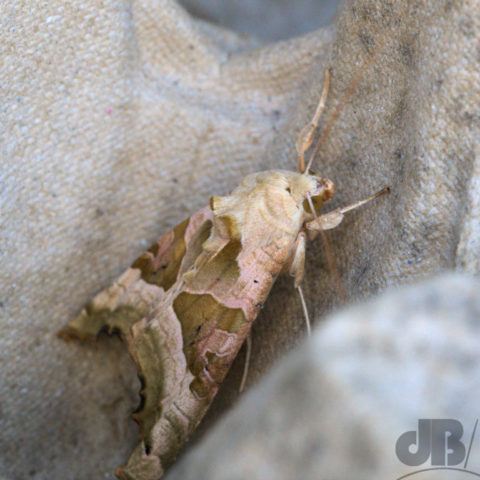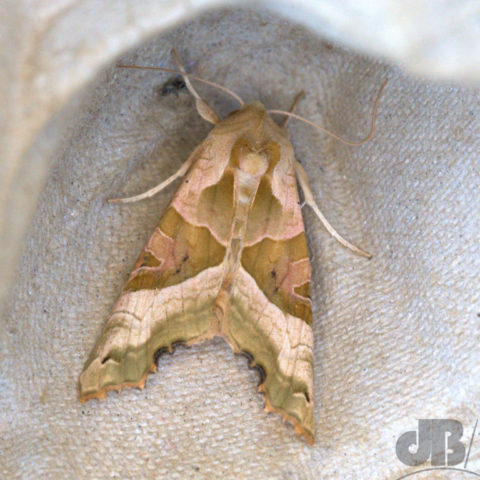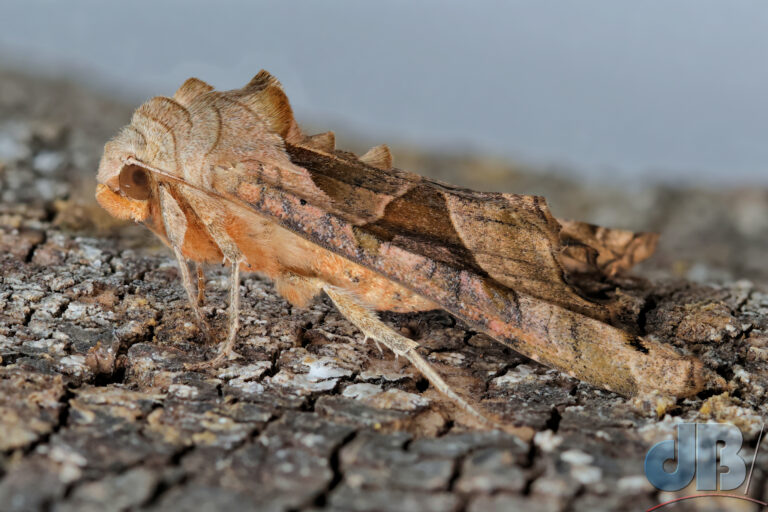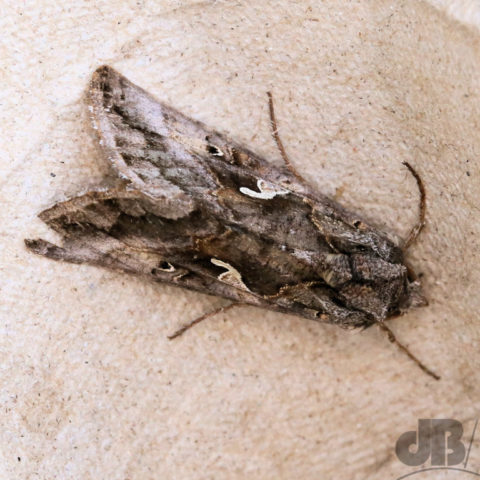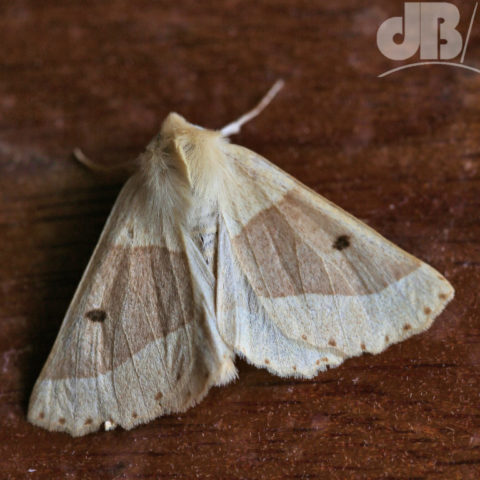My mate Brian Stone suggested that getting into moths was like falling down Alice’s rabbit hole…it certainly feels that way with around 2500 species in the UK alone any one of which might turn up in a trap or be flitting around the garden day or night. Compare that number to the 50 or so species of butterfly we have here (strictly speaking butterflies are just a sub-group of moths anyway).
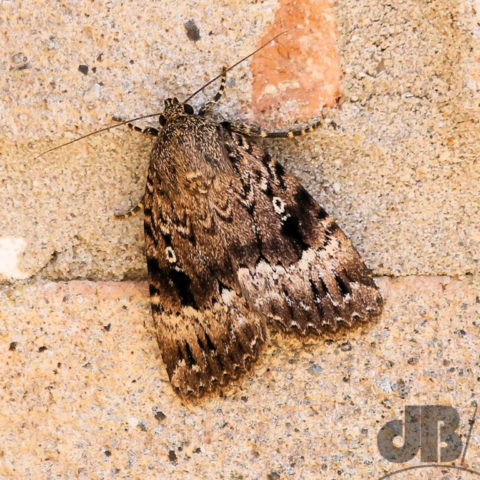
Down that rabbit hole, there are owlets, geometers, hawks and sphinxes, micros, and countless other classifications. Some of the families contain hundreds of species some just contain a single member. Check out the UK Moths website for a near-definitive gallery. Me? I’ve just passed photographing and identifying about 80 different moths.
There are also the obviously and not so obviously sexually dimorphic species (male and female look very different), the aberrations (moths that have strayed from the normal plan of shape and size, but usually just pattern), the second and third brood specimens for those moths that breed several times in the season. And, let’s not forget the Large Yellow Underwings, the Broad-bordered Yellow Underwings, the Lesser Yellow Underwings, and the Small Yellow Underwings (add to that the Copper UWs, the Red UWs, the Clifden Nonpareil (Blue Underwing), the Straw Underwing, and the Old Lady (which looks to my eye like a grey underwing)!
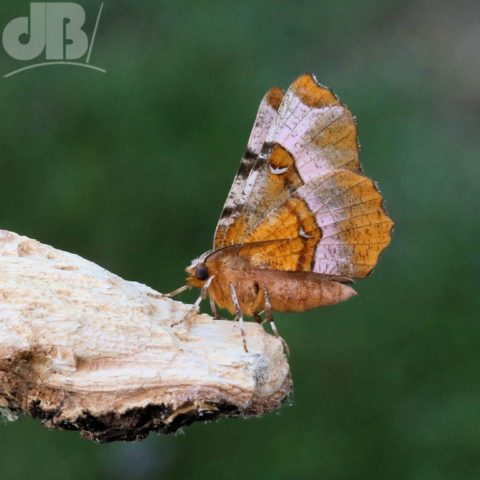
Earlier in the week, I saw a female, second generation Purple Thorn, which looks very different from the standard Purple Thorn, but luckily was pictured in my Collins Complete Guide to British Butterflies and Moths. And, last night there was a “Gothic”, but it wasn’t the bog standard Gothic owlet (noctuid), it was a Feathered Gothic, and so different and it was a female, so different again. Fortunately, she was still there this morning for her early-morning photo shoot.
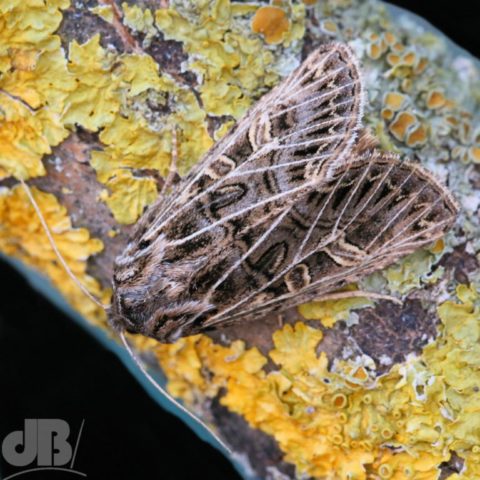
So, this one is Feathered, as opposed to just plain Gotchic, Beautiful Gothic, or Bordered Gothic. The male has feathered antennae (a common feature of the sexual dimorphism of moths as the feathered antennae evolved to detect tiny amounts of sex pheromone molecules released by the females). Otherwise the male and female look very similar in this species.

The adults fly August to September, this was my first sighting of one, 2nd September. They spend their time mostly in grasslands and the larvae (caterpillars) feed on grasses.
